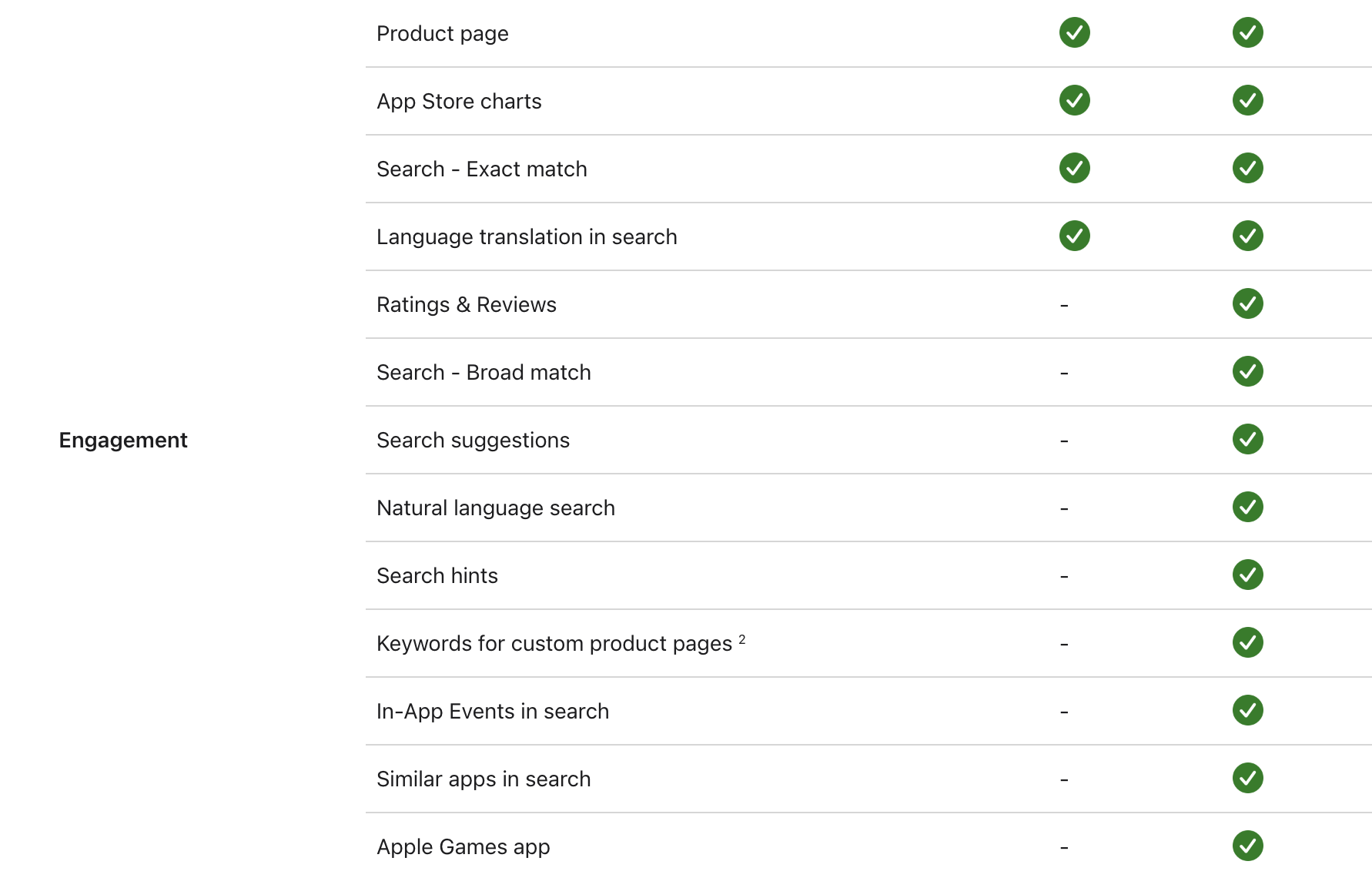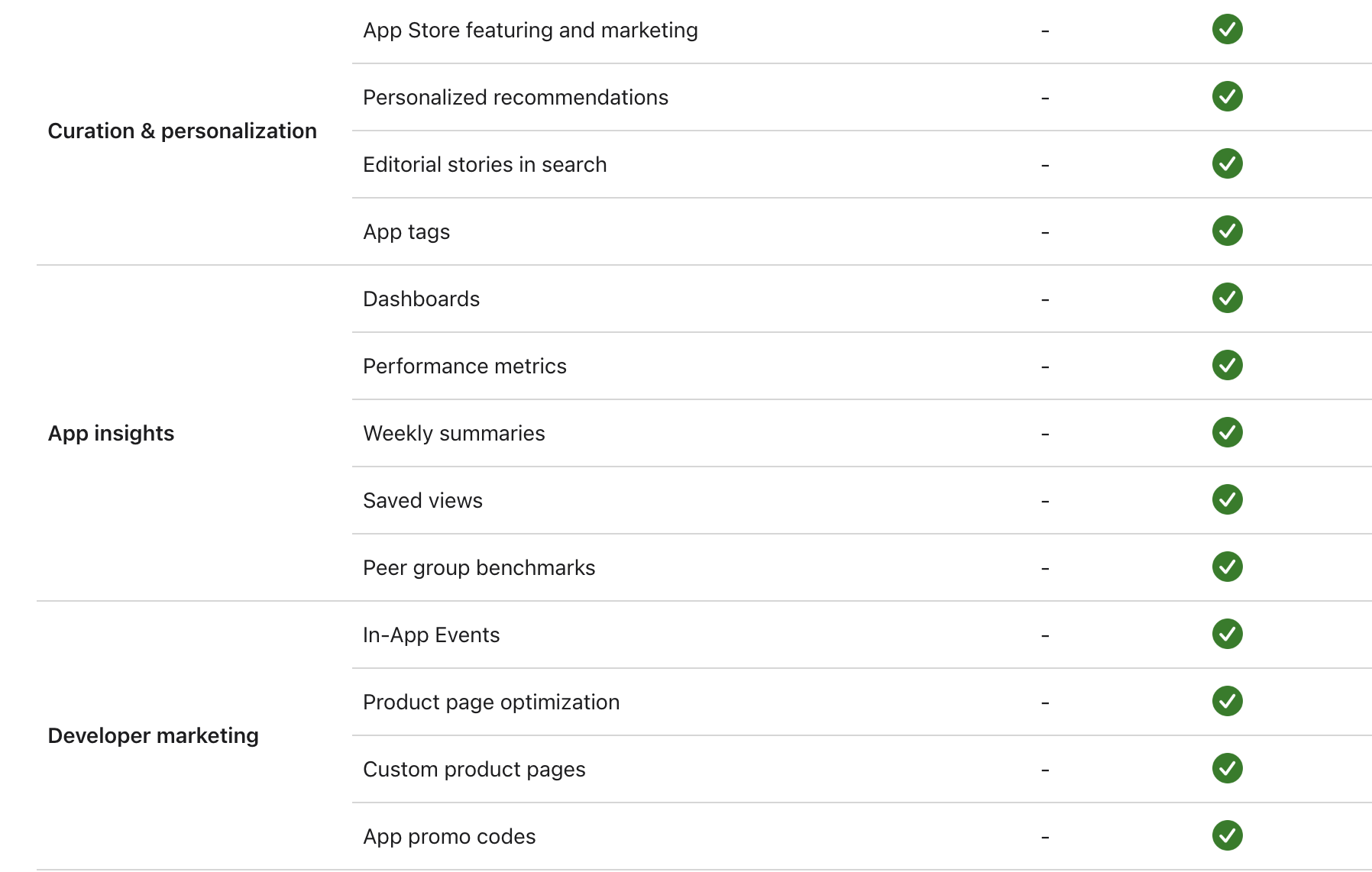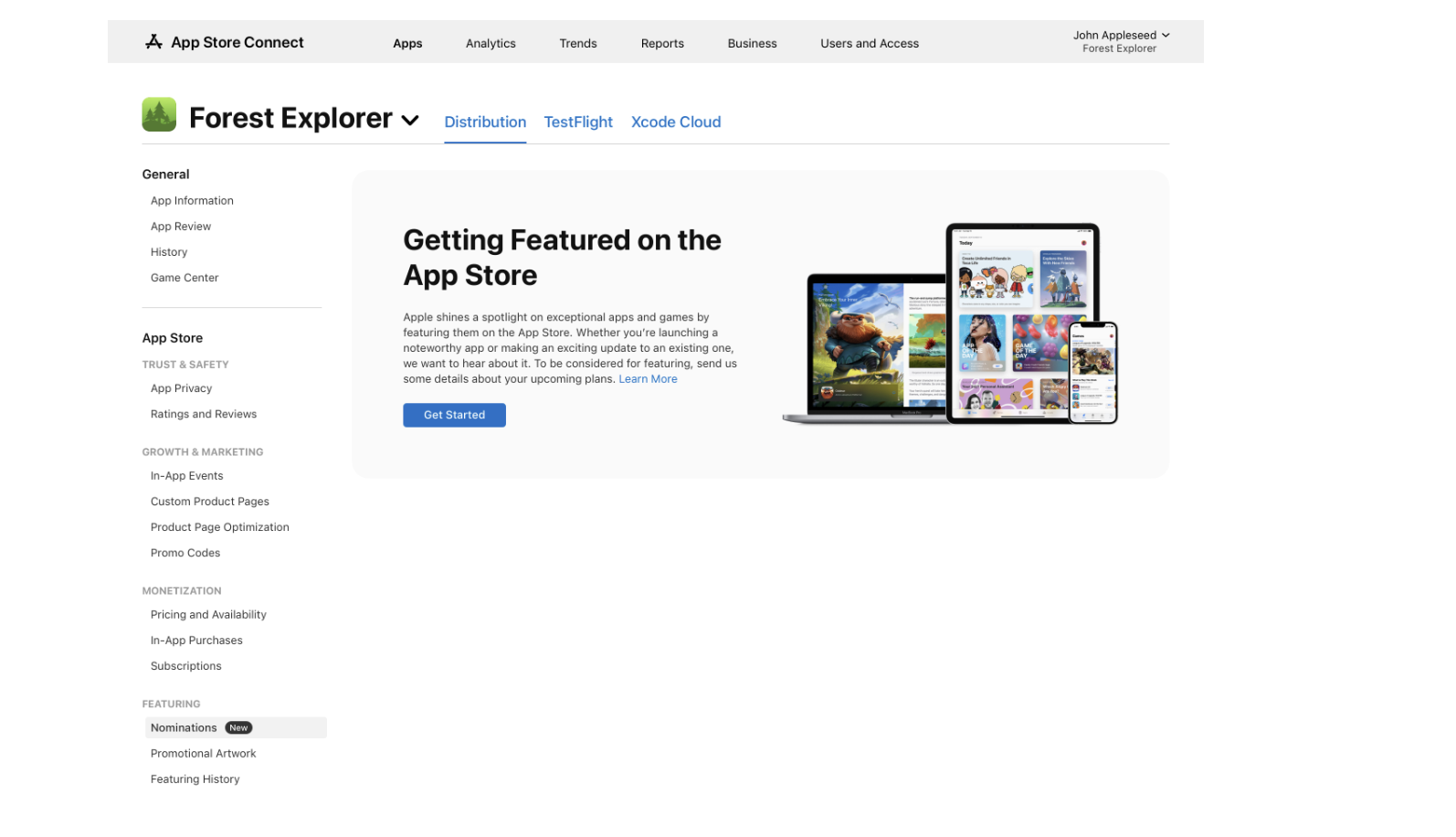Apple reveals elements of app and game discoverability in the App Store
In the world of mobile technologies, the App Store has remained one of the most important yet enigmatic channels for the distribution of mobile apps and games for years. For developers and companies in the mobile industry, the key questions have always been the same: how does app visibility in the App Store truly work? What determines which apps users see at the top of the list? Until now, Apple has kept this subject shrouded in mystery, offering only vague statements about “high-quality recommendation algorithms.”
However, due to new regulations in the European Union (the Digital Markets Act) and the implementation of the “Alternative Terms Addendum” to the standard Apple Developer Program License Agreement, Apple has been forced into unprecedented transparency. For the first time, it officially reveals the details of the app discoverability mechanisms in the App Store, breaking them down into their core components.
Below, we discuss the most important of these elements, which Apple has identified as separate, manageable components.
🔍 Search in the App Store
The search function remains the primary tool users actively use to look for apps. Apple has shown how multidimensional this process is.

Suggestions (Autocomplete)
- How does it work? When a user starts typing a phrase, the App Store dynamically presents suggested queries and prompts. These suggestions are often based on popular searches and help the user refine their intent or discover new related terms.
- These tools shape the user’s query before it is fully formed. Being featured in these suggestions is a huge opportunity to “capture” traffic. To appear there, an app must be strongly related to popular phrases, which requires more than just keyword optimization. Previously, simply including keywords in the app title, starting from the left side of the title, was often enough. Now, using keywords like “Keyword: App Name” in the title is no longer sufficient.
Tagi App Store
- How is it supposed to work? This autumn, Apple will introduce one of the most significant changes to the App Store in years: App Store Tags. However, these won’t be simple labels but an advanced system based on Apple’s Large Language Models (LLM). The AI will automatically analyze an app’s metadata—including its description, category, and even screenshots—to generate and assign precise tags that describe its key features and capabilities. Importantly, each tag will undergo human verification before publication to ensure high quality and relevance.
- This could be a major shift in how apps are categorized and discovered.
- A New Dimension of App Store Optimization: The importance of high-quality, complete, and precise metadata will increase exponentially. The AI system will draw information from all available sources, so your App Store Optimization strategy must become comprehensive. Optimizing the app description or screenshots will directly impact the tags assigned to the app.
- Control, But Not Full Freedom: Developers will be able to review and deactivate unwanted tags in App Store Connect. However, they won’t be able to add tags themselves, as is possible in Google Play. This means that proactively monitoring and quickly responding to incorrectly assigned tags will be crucial, as such tags could negatively affect app ranking or attract the wrong audience.wpłynąć na pozycjonowanie lub przyciągnąć niewłaściwą grupę odbiorców.
- Changing the User Experience: Tags will be visible directly in search results and on product pages. When users click on a tag, they will be taken to curated collections of apps with similar features. This will create entirely new discovery pathways, allowing niche apps with specialized features to reach perfectly matched audiences who are looking for specific functions, rather than just broad categories.
Exact Match
- How does it work? This mechanism ensures that an app will appear at the top of the results when a user types a phrase exactly matching the app’s key metadata. This includes not only the app name (even with typos), but also keywords placed in the title, subtitle, keyword field, and even in the in-app purchase name or in-app event.
- This is the foundation of visibility in search results. It confirms how crucial it is to strategically place the most important keywords in the highest priority fields (Title – Priority 1, Subtitle – Priority 2, Keyword Field – Priority 3). For developers, this signals that in addition to building brand name awareness, they must carefully select phrases for the title and subtitle to ensure top positions for their most important queries. It also shows that well-named events and in-app purchases can become powerful additional sources of search traffic.
Broad Match
- How does it work? An app can be displayed for queries loosely related to its theme—for example, when a user searches for “free photo editor” rather than a specific brand name.
- This is the core of traditional App Store Optimization. Revealing this as a separate feature confirms that Apple’s algorithms heavily analyze metadata (title, subtitle, keywords), in-app event names, and even in-app purchases. The strategy must include thorough competitor analysis and keyword research to understand what phrases can drive new users to the app.
Keywords for Custom Product Pages (CPP) – Announcement for Autumn
- How is it supposed to work? This autumn, Apple will introduce a groundbreaking option: the ability to individually define keywords for Custom Product Pages.
- Developers will be able to create different versions of their app’s page (e.g., one for casual gamers and another for hardcore gamers) and assign different keywords to each. This will allow for ultra-precise campaigns and maximized conversion for different user segments. It is worth planning now which segments you want to target.
In-App Events and Similar Apps
- How does it work? Search results are enriched with dynamic elements: ongoing in-app events (promotions, tournaments, major app updates) and a “You Might Also Like” section. Keywords in event names are indexed by the App Store search engine, so it is crucial to carefully consider the presence of keywords in this field.
- Regularly organizing in-app events is a powerful tool for increasing visibility and re-engaging users. Meanwhile, appearing in the “Similar Apps” section offers free promotion on the competitor’s product page. The key to this is high quality, good ratings, and belonging to a well-defined niche.
🎯 Beyond Search: Personalization and highlighting by Apple
Discoverability is not only about search. It’s also about being noticed by Apple’s algorithms and editorial team.

App Store Featuring
- How does it work? This is the process where Apple’s editorial team manually selects and promotes apps in the most visible areas of the store, such as “App of the Day,” “Game of the Day,” or thematic collections. While human evaluation plays a key role in assessing quality, innovation, and trend alignment, algorithms help identify candidates based on engagement and growth indicators.
- This is the hardest path to a surge in downloads. The key is not only the highest technical and visual quality of the app but also its alignment with seasonal trends. Many developers actively pursue featuring by filling out a special Apple form, in which they present their app, its unique features, and the story of its creation. Proactively informing the editorial team about important updates or successes can significantly increase the chances of being noticed.
Personalized Recommendations
- How does it work? Apple’s algorithms analyze each user’s behavior—downloaded apps, viewed categories, and even time spent in apps—to create tailored suggestions in sections like “For You.” The system also takes into account contextual signals (e.g., location, time of day) and app metadata to match it to the user’s profile while ensuring privacy by processing data on the device.
- This is the most important discovery mechanism for niche apps. It allows apps to reach the ideal target group that is most likely to be interested in their functionality. For developers, this means that ASO is important, but more crucially, creating a product that generates high engagement and retention, which are the primary signals for the recommendation algorithms.
Editorial Stories
- Editorial Stories in Search in the App Store are original editorial content created by Apple’s team, appearing directly in search results. Their purpose is to highlight apps, developers, and trends in the app culture through engaging articles, interviews, guides, and collections of recommended apps and games. This allows users, when searching the App Store, to see not just standard app lists but also inspiring editorial materials related to their search topic. Since iOS 18, Apple has introduced the “Featuring Nominations” process, which allows developers to submit new content, updates, or releases directly to the editorial team. This enables editors to respond more quickly to new developments and select the most current apps to feature in editorial content.

- Being featured in editorial stories significantly boosts app visibility and enhances its perception as valuable and trustworthy. The strategy should include regularly submitting new releases and updates to the Apple team through the “Featuring Nominations” feature, ensuring high app quality, and tracking topics promoted by the editorial team. It is also essential to analyze trends, create engaging materials, and build a strong brand, all of which increase the chances of being featured in editorial content and reaching new users.
Summary
Apple’s policy changes, though formally prompted by regulations in the EU, open an entirely new chapter for the global App Store ecosystem. For the first time, developers are receiving a detailed map of the mechanisms that govern visibility.
This presents a significant opportunity for those who approach their strategy holistically—combining product excellence with an analytical approach to marketing. At the same time, it poses a challenge, as the competition for user attention becomes even more sophisticated. One thing is certain: the rules of the game in App Store Optimization have become much clearer.
What’s new in App Store Optimization after Apple’s WWDC25?
In the world of mobile technologies, the App Store has remained one of the most...

